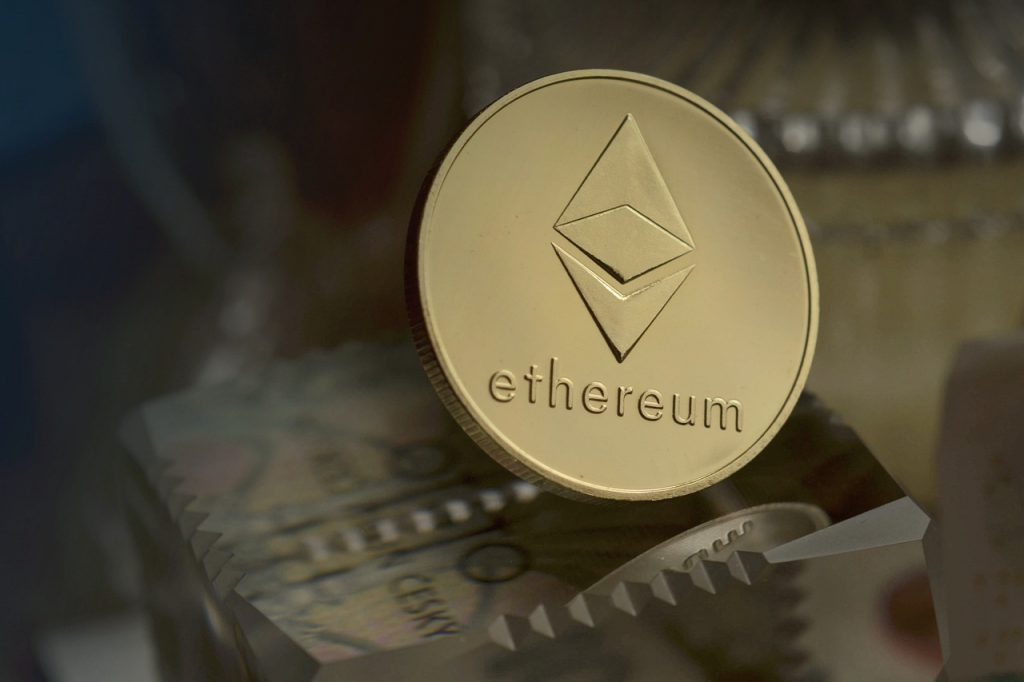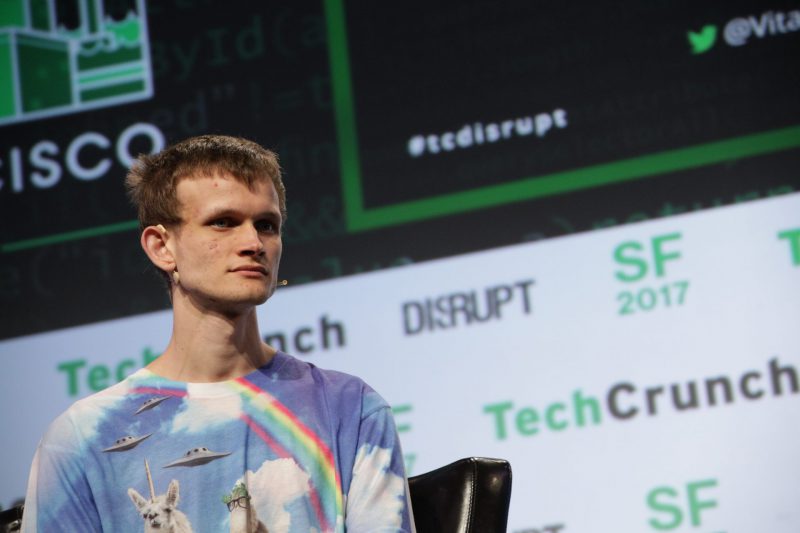This week, billionaire and Ethereum founder Vitalik Buterin alongside Ethereum developer Ansgar Dietrichs released EIP-4488. The Ethereum improvement proposal seeks to lower gas fees for ETH Layer-2 scaling solutions.
Buterin proposes the solution of an “ecosystem-wide transition to ETH with a focus on roll-up.” This solution is just but a temporary solution as better long-term solutions are developed to deal with the high gas fees. The zkSync team tweeted that the plan is to cut the gas charges possibly before Christmas this year.
The (Temporary) Solution to High Gas Fees on Ethereum Layer-2
In recent months, ETH’s gas fees have been very high. Additionally, the gas fees on Layer-2s with ZK Rollups or Optimistic Rollups that have been affordable in the past are still high for the users. The ZK Rollups can usually offer up to 100x lower fees, while the Arbitrum and Optimism Rollups usually offer 3-8x lower fees than the Ethereum base tier.
The Ethereum founder and developer, Vitalik Buterin and Ansgar Dietrichs, respectively, put forward EIP-4488 to deal with this particular problem. The proposal drafted by the pair proposes a further reduction of Layer-2 fees. How? By lowering the transactional call data cost. Transactional call data is the mechanism for both the ZK and optimistic rollups.


An alternative approach would be by adding a cap on the total transactional call data, which can be included in a single Block (a single transaction). Additionally, Buterin noted that the amount of data space available to rollups should be increased as soon as possible.
Buterin noted that the current block sizes would not threaten the network stability at the very least. Currently, a data sharding strategy is in place as a short-term solution to rollups’ imperfections. However, this solution can be used as a long-term solution to the high gas fees problem.
The release of the EIP-4488 proposal comes shortly after Boba hit its TVL. The optimistic Layer-2 aggregate solution hit a Total Locked Out Value (TVL) of over $1 billion, a 1,200% increase since Nov 14. Also, Binance exchange last week said that it would work with Arbitrum to support Ethereum Layer-2.
Understanding Gas Fees
The first step to understanding gas fees is to know what the term means. Gas fees refer to transactions fees paid by users to miners on a blockchain protocol. Why do users pay gas fees? Users pay them to have their transactions included in the block.
The gas fees system works on a primary supply and demand mechanism. As a result, miners can choose to include transactions that pay more if there’s a lot of demand for transactions. This, in turn, compels users to pay more for fast and efficient transactions.
Ethereum users can also freely choose to pay higher gas fees for faster transactions. This is possible on wallets that provide users with direct interaction to the ETH network, where they get to choose the amount of gas fees they want to pay. An example of such a wallet is MetaMask.
For those who would like to track gas fees, there are several websites to do so, such as ethereumprice.org and ethgastation.info.





